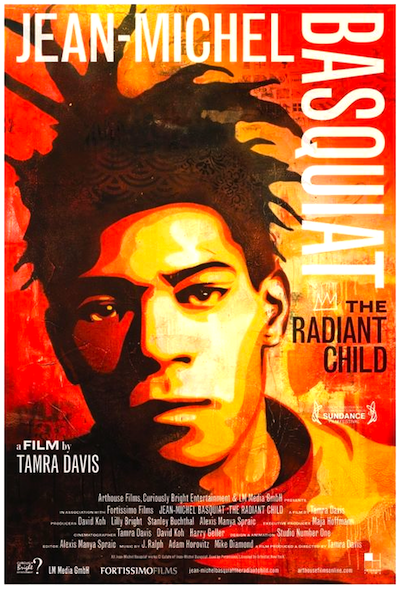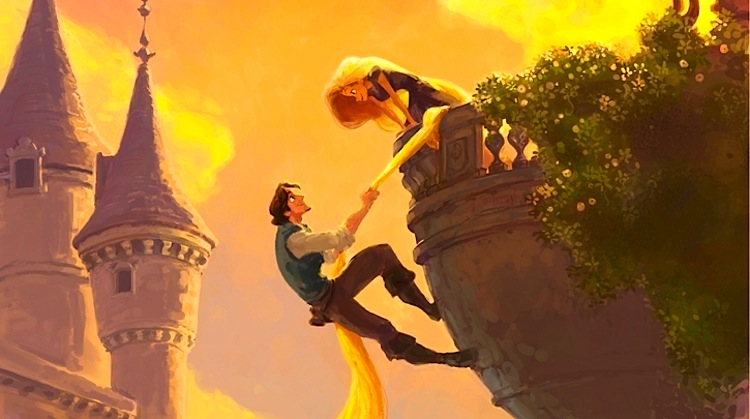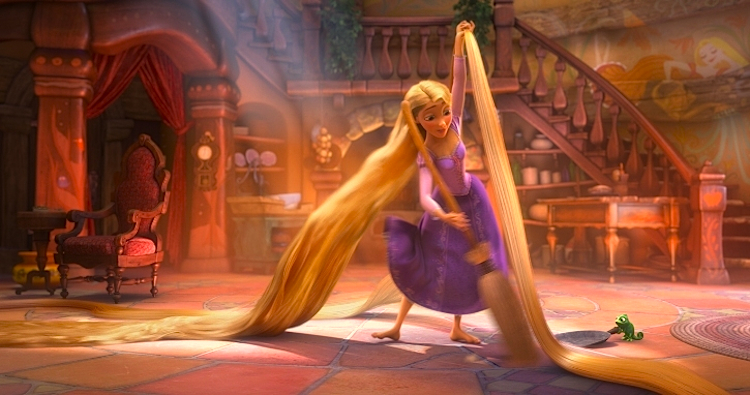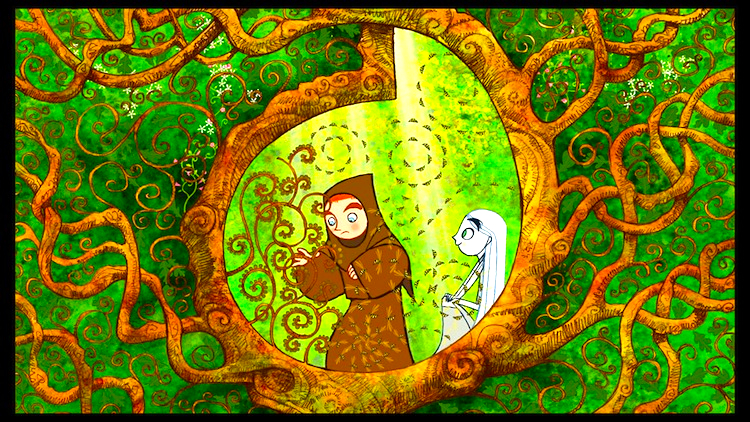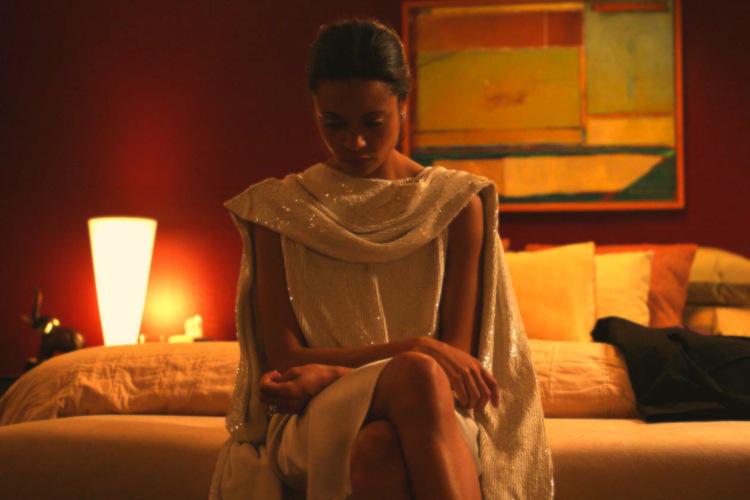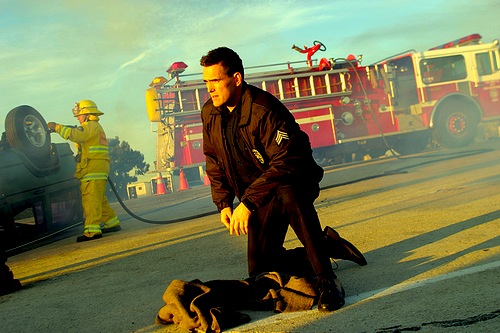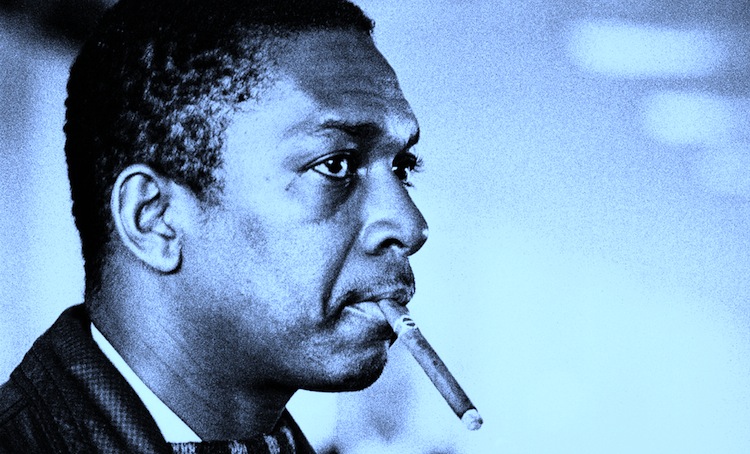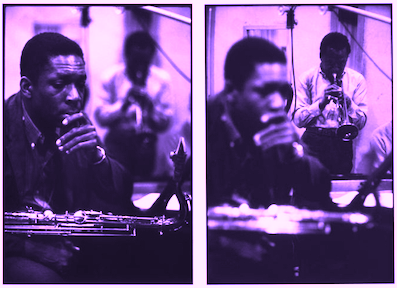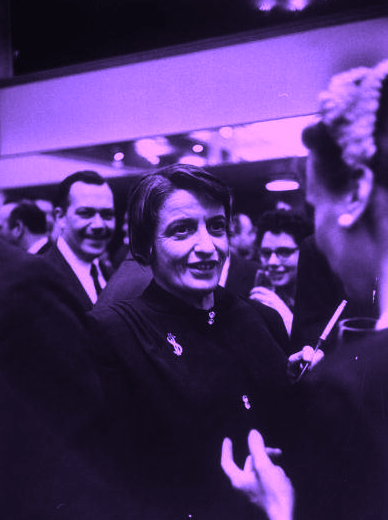
By David Ross. What sufficed the growing boy suffices the grown man. I read Ayn Rand’s entire oeuvre between the ages of fourteen and eighteen. It made an enormous impression in the usual ways, confirming my nascent conservatism and even more my nascent romanticism, on which paths, political and literary, I remain to this day. Rand led to Victor Hugo and George Sand, which led to my life’s work as a student of literature and circuitously to my permanent preoccupation with a certain romantic and conservative strand in modernism whose great avatar (if James Cameron has not entirely compromised the word) is William Butler Yeats. Rand also helped engender my reverence for the great achievers and achievements of civilization, which is, I believe, my greatest asset as a teacher to this day. Rand might not approve my heroes, but she would approve my penchant for hero worship. I have never sympathized with industrialism as a symbol or model of human creativity, nor desired to remake myself into an unsmiling and inflexible hero of what Rand calls rationalism, nor felt the need to hammer my haphazard libertarianism into consistent and rigid doctrine, but all the same I am her progeny. For better and worse, I have been formed by her in uncountable ineffable ways.
The Obama era was, for me as for so many others, an open invitation to reread Rand, so thoroughly does she seem to diagnose the psychology of our present slide into statism (Obama’s constant rhetoric about sibling-keeping might as well be plucked from the mouth of Wesley Mouch). News that Atlas Shrugged is finally being filmed also helped inch the book to the top of my pile (see Libertas’ interviews with director Paul Johannson here and here).
I was trepidacious, however, not sure to what extent I might have outgrown Rand. I was not concerned about the palatability of her philosophy, to which I have never specifically subscribed, but about her prose and her craftsmanship, which self-congratulatory journalist types constantly deride as second-rate, the kind of thing that only a teenager or cultist could fail to smirk at. This passing reference in a December article in the Weekly Standard is typical:
Atlas Shrugged, while a perennial bestseller and an important artifact of 20th-century culture, is not exactly great literature (stilted dialogue and cardboard characters have ranked among the defects pointed out by critics).
I have now reread the first half of Atlas Shrugged, and I can offer my very educated opinion that it is great literature, not necessarily at the sentence level, but in the unstoppable propulsion of its narrative (has a philosophical novel ever been so engrossing?), in the massive, dauntless sweep of its ideas, and in its enormous imaginative feat of creating a myth of our entire world (Dante and Milton are Rand’s compeers in this limited, formal respect).
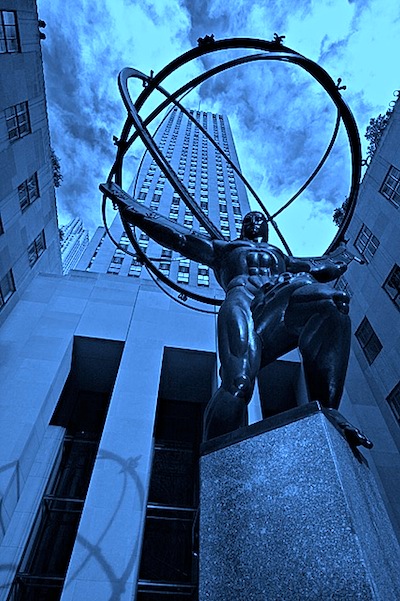
Even more, Atlas Shrugged is a great work of literature in its comprehensive taxonomy of modern men, in its comprehension of all their hidden springs and insecurities and frustrations and ambitions. Rand fancied herself a political theorist and metaphysician, but she misunderstood herself; she was a psychologist foremost, and Atlas Shrugged is a formidable system of psychology to contraindicate that of Freud. Eschewing the usual bedroom and bathroom preoccupations, Rand grasps that behavior is driven by what she calls ideals, conscious or unconscious structures of value that provide the context for everything we do and everything we are. Freud tends to reduce these structures to underlying psychosexual dynamics, but Rand insists on their primacy and irreducibility, and she illustrates their role as the ceaseless motive forces of life. She is also a particularly shrewd diagnostician of a certain kind of resentment and leveling instinct – James Taggart is the obvious embodiment – and she is nearly alone in realizing that this mindset is no trivial phenomenon but the rotting core of our world, explaining everything from the Soviet world-blight to our failing schools and lousy art.
Rand’s characters are ‘cardboard’ in the sense that they speak for philosophical positions and represent certain types, but each character embodies something slightly different; there is no overlap or redundancy. In the aggregate, they form a spectrum of humanity – a human comedy – that is convincing and powerfully explanatory. Rand is accused of engaging in moral black and white, but this is not entirely fair; while her scheme is moral in logic and purpose, many of her characters – Dr. Stadler for example – represent subtle, equivocal positions. They are not gray, but an intricate admixture of black and white.

Rand sketches her characters in only a few clean strokes, but these strokes are rendered so deeply and forcefully as to be ineffaceable. Who can forget Hank Reardon or Dagny Taggart? Who can forget their triumphant inauguration of the John Galt Line? Who can forget their strange, violent lovemaking? What character drafted by Henry James, by contrast, does anything but deliquesce and drift imperceptibly from consciousness, becoming a vague haze of inflection and velleity?
Atlas Shrugged is a great novel, finally, in its astonishing originality. It has no precedent in terms of style, tone, mood, or philosophy, as far as I know. Victor Hugo may account for its sweep and social engagement, and someone like Zamyatin may have influenced its anti-totalitarianiasm and latent dystopianism, but nothing accounts for its strangeness, for everything powerfully eccentric and not infrequently repellent that Rand herself brings to it, everything rooted in the passionate kinks and quirks of her personality. In the end, it belongs in the category of the sui generis along with modern masterpieces like Ulysses, The Castle, and Pale Fire. It does not rival the artistry of these works, but it similarly emerges from a unique and bizarre mind.
Rand’s ultimate strength is her unswayable belief in herself as an arbiter of value and reality, and her passionate self-investment in every page she wrote. Her intent was doctrinaire, but her triumph is romantic.
Addenda:
- See Rand on YouTube in all her rebarbative glory: here, here and here.
- Whittaker Chamber’s fascinating, fiercely antagonistic, latently Christian review from the December 28, 1957, issue of National Review.
- National Review’s contemporary take, likewise antagonistic.
- The New York Times notes some of the book’s contemporary admirers, including Alan Greenspan.
Posted on December 17th, 2010 at 3:10pm.
